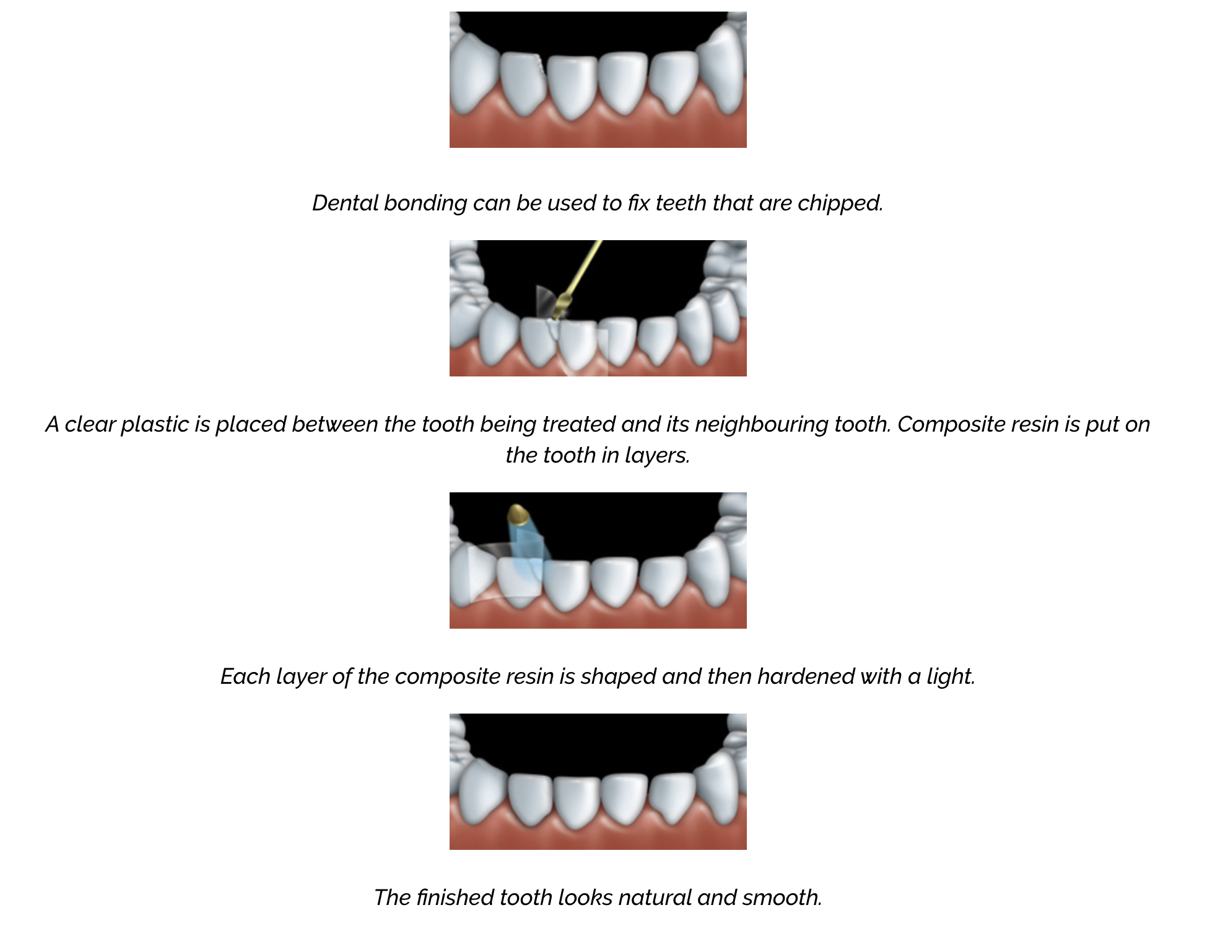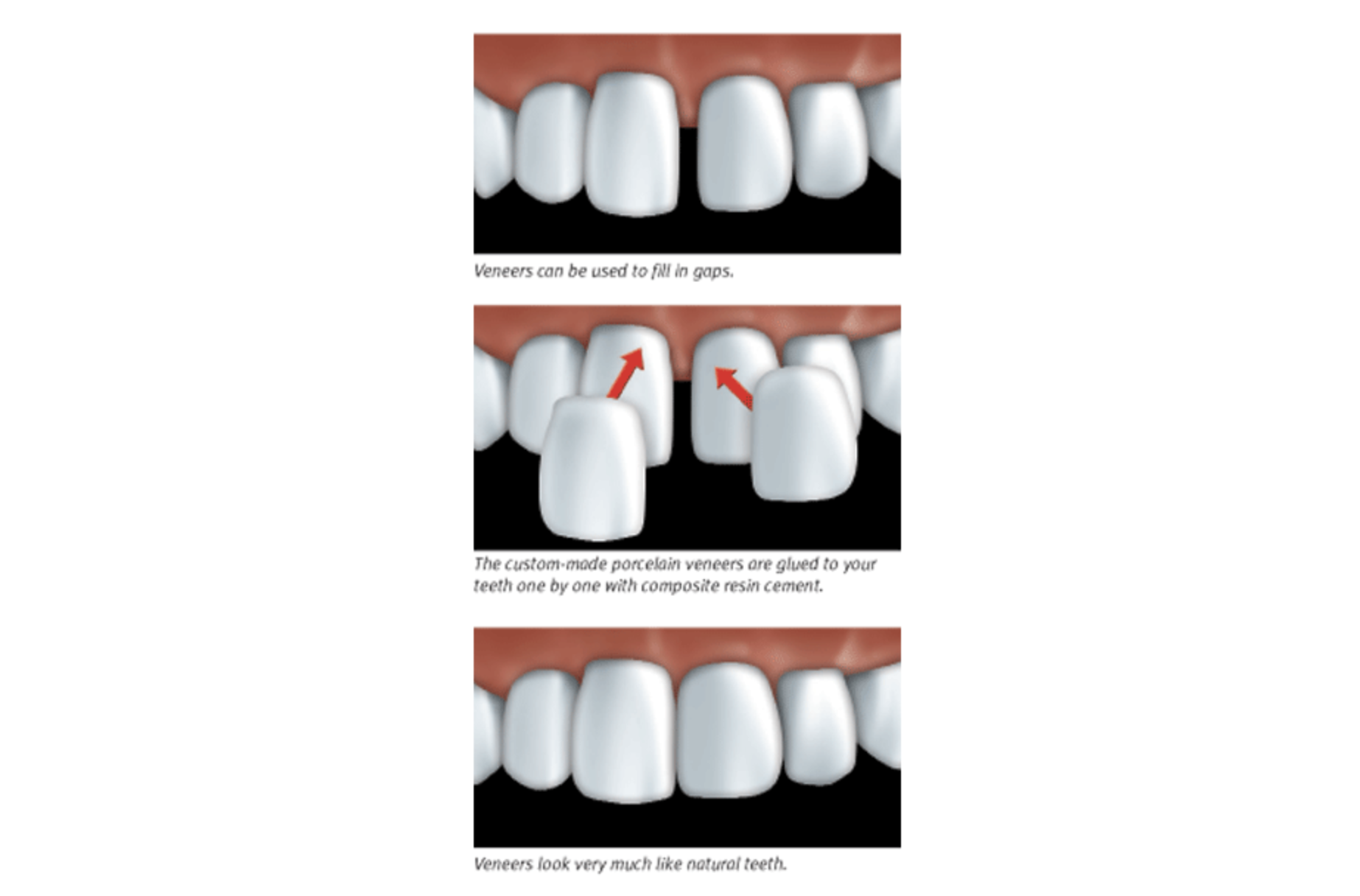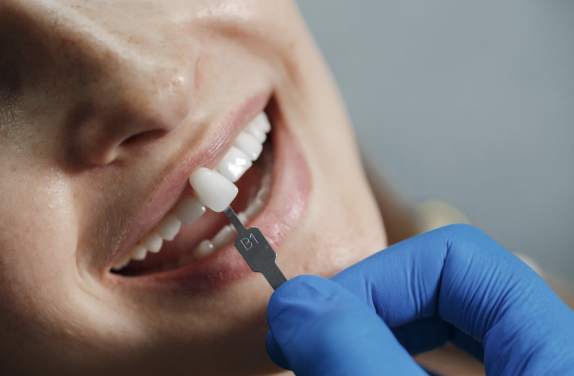Curious about transforming your smile? Bonding and veneers are two of the most popular options in cosmetic dentistry. Both can help you achieve a natural-looking smile, but they work in different ways. In today’s blogpost, I would like to highlight their key differences using insights from the Canadian Dental Association.
What is Bonding?
Bonding, also called bonded restoration, uses tooth-coloured composite resin to repair small imperfections. The material is applied in layers, shaped, hardened with light, and polished for a seamless finish. It is usually quick and painless. Ideal for minor fixes, bonding may need periodic touch-ups over time.

What are Veneers?
Veneers are thin shells of porcelain or composite resin that cover the front surface of your teeth. They can completely transform the look of your smile by changing colour, shape, or spacing.
Porcelain veneers are stronger and more resistant to stains compared to composite. They typically require two dental visits because a small amount of enamel is removed before placement. This process ensures a precise fit and a natural look.
Composite veneers are less invasive and usually completed in one appointment. They involve adding layers of resin directly to the teeth and shaping them in place. This option is more affordable and allows for quick smile improvements.

Which Option is Right for You?
The choice depends on your cosmetic goals and oral health. Dr. Lee provides a thorough smile analysis with digital scans and photos to create a treatment plan tailored to you.
This content was adapted from the Canadian Dental Association website.

